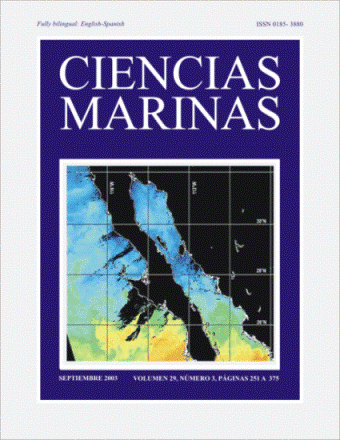Preliminary estimation of optimal sample size for assessing the recruitment of Mesodesma donacium (Lamarck, 1818) on beaches of central-north Chile: Application of the power analysis
Main Article Content
Abstract
This work presents a preliminary study to estimate the optimal sample size for the assessment of recruitment of Mesodesma donacium, an important bivalve that supports an intensive fishery in the most important bays of northern Chile. The specific objective was to assess the influence of the cusps (bays and horns) on the abundance of early recruits (< 15 mm shell length) of M. donacium and to include this effect on the sampling program. The bays and horns produced a difference (noise) of ca 20% in the density estimation, which was supported by the low statistical power calculated (0.20, 0.25 and 0.30 for November, December and March, respectively). Based on these results, we suggest that the assessment of the recruitment of M. donacium requires a sampling which comprises both bays and horns in intermediate beaches of northern Chile. Based on the effect size estimated of ca 0.41 for the three study periods, 80 corers must be taken from bays as well as from horns as a preliminary sample size strategy. The a priori statistical power analysis is one of the most useful strategies for the estimation of optimum sample size when the goal is to assess any working hypothesis.
Downloads
Article Details
This is an open access article distributed under a Creative Commons Attribution 4.0 License, which allows you to share and adapt the work, as long as you give appropriate credit to the original author(s) and the source, provide a link to the Creative Commons license, and indicate if changes were made. Figures, tables and other elements in the article are included in the article’s CC BY 4.0 license, unless otherwise indicated. The journal title is protected by copyrights and not subject to this license. Full license deed can be viewed here.

